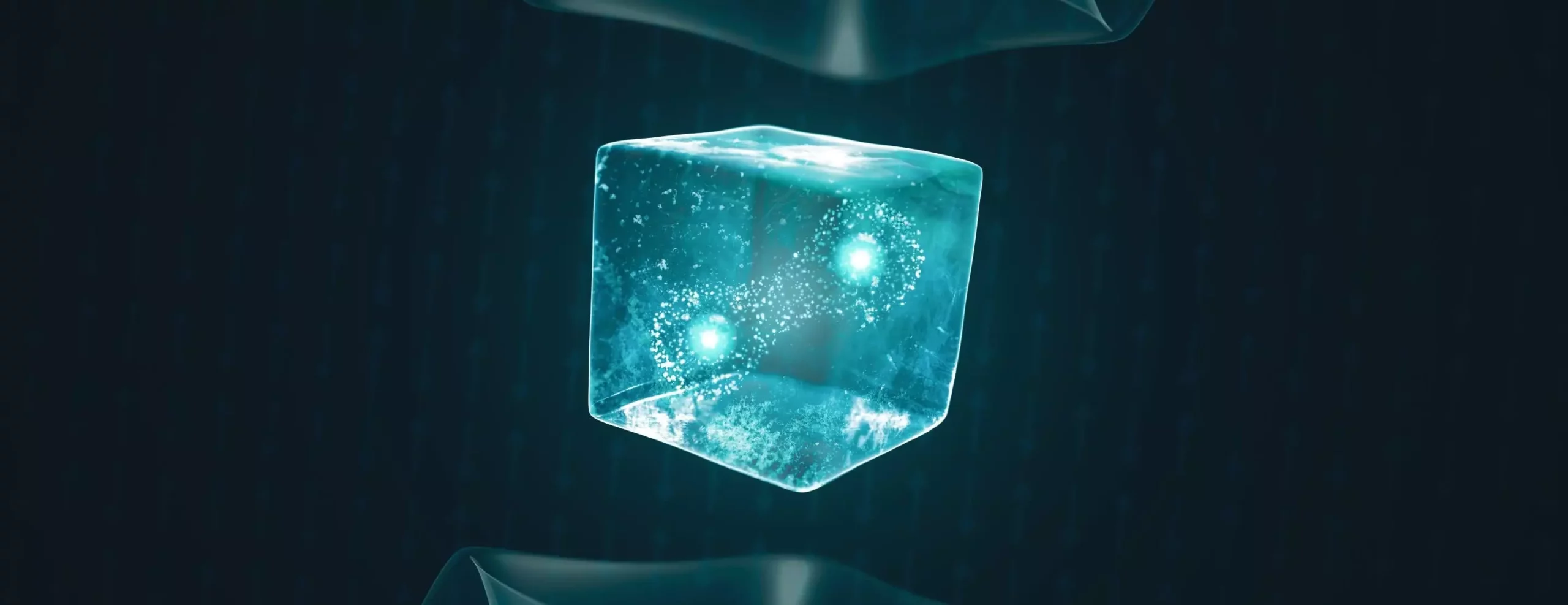For over a century, the realm of superconductors has captivated the attention of scientists and engineers alike. Known for their extraordinary ability to allow electricity to flow without resistance, superconductors have the potential to dramatically enhance technological applications. The most intriguing aspect of these materials lies in their unique quantum properties, which enable phenomena such as magnetic levitation. However, the operational challenges remain significant. Superconductors lose their superconducting abilities when subjected to warm temperatures, which can transform them into conventional conductors or even insulators. This limitation is a prime focus for research, as scientists forge ahead in search of materials capable of functioning as superconductors at elevated temperatures—perhaps even at room temperature.
Currently, the majority of superconductors operate at extremely low temperatures, typically requiring environments cooler than 25 Kelvin. Efforts to identify or synthesize materials with superconducting properties at higher temperatures could revolutionize diverse sectors, from energy distribution to advanced computing technologies. In recent developments, a research group comprising scientists from SLAC National Accelerator Laboratory, Stanford University, and other institutions has made noteworthy progress. They discovered that electron pairing—a critical trait for superconductivity—can occur at much higher temperatures than formerly understood, particularly within an unexpected context: an antiferromagnetic insulator. This insight stirs excitement in the scientific community, suggesting pathways to engineer higher temperature superconductors.
Electron Pairing: The Dance of Electrons
At the core of superconductivity, the phenomenon of electron pairing plays a significant role, where unpaired electrons must come together synergistically. Researchers liken this process to a dynamic dance party, where initially hesitant partners eventually synchronize their movements. When electron pairs achieve coherence, the material shifts into a superconducting state. However, in the recent study, researchers identified electron pairs that, while formed, remained in a state of disarray—akin to potential dance partners who had yet to take the floor. The crux of the matter lies in understanding what barriers preclude these pairs from entering a superconductive state.
This groundbreaking research reveals that vibrations from the lattice structure often stimulate electron pairing in conventional superconductors. Yet, unconventional superconductors, particularly cuprates, exhibit a different mechanism where fluctuating electron spins appear to drive the pairing process. Such materials manage to achieve superconductivity at higher temperatures, defying conventional wisdom about temperature limitations. The concept of a “wave channel” has emerged as a plausible explanation for these dynamics, paving the way for deeper exploration of cuprate materials, some of which have remained underexplored due to their lower superconducting temperatures.
The researchers zeroed in on a cuprate class that had previously evaded substantial analysis, mainly due to its low superconducting threshold of 25 Kelvin. By employing ultraviolet light to scrutinize the atomic details of the material, they observed critical behaviors indicating that the electron pairing persists at temperatures much higher than those previously associated with superconductivity. This behavior became evident in the energy gap, which remained significant up to 150 Kelvin—suggesting that the electrons might be predisposed toward pairing earlier than expected.
While this study does not present a definitive pathway to discovering a room-temperature superconductor, it provides valuable insights that could prove instrumental in future research endeavors. By understanding the complexities surrounding electron pairs in insulating materials, researchers may harness these principles to tailor new materials capable of superconductivity at much higher temperatures. As Zhi-Xun Shen, a leading scientist on the project, indicated, the findings serve as an intriguing starting point for further studies in manipulating these pairing states. Future investigations aim to explore the intricacies of the pairing gap and devise innovative techniques to drive this incoherent pairing toward coherence.
Charting the Future of Superconductivity
The implications of this study extend far beyond theoretical physics; they offer a vista into the potentials of technological advancement. As we stand on the brink of potentially groundbreaking discoveries in the field of superconductors, the promise of high-temperature superconducting materials remains a tantalizing possibility. Researchers are energized to pursue this path further, fully aware that unlocking the secrets to higher-temperature superconductivity could transform energy systems, computational technologies, and our understanding of quantum materials in ways we can only begin to imagine. The quest continues, as the dance of the electrons moves us ever closer to an electrifying future.


Leave a Reply